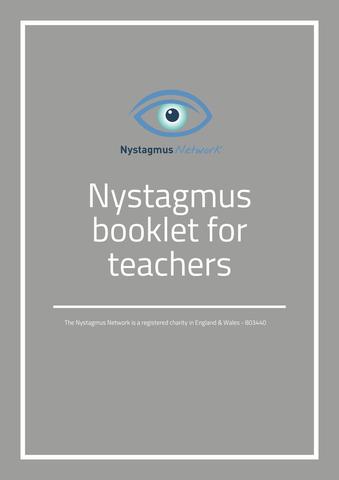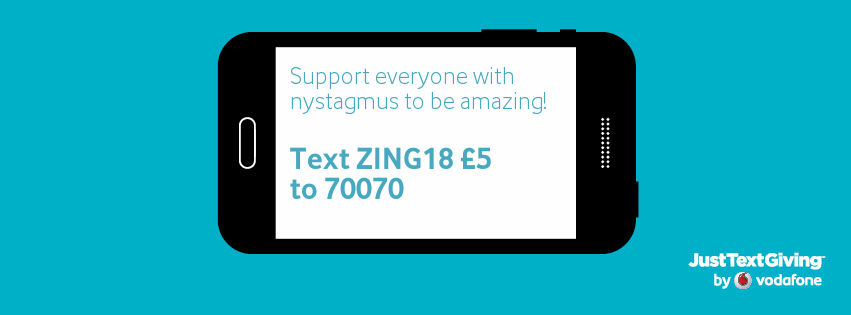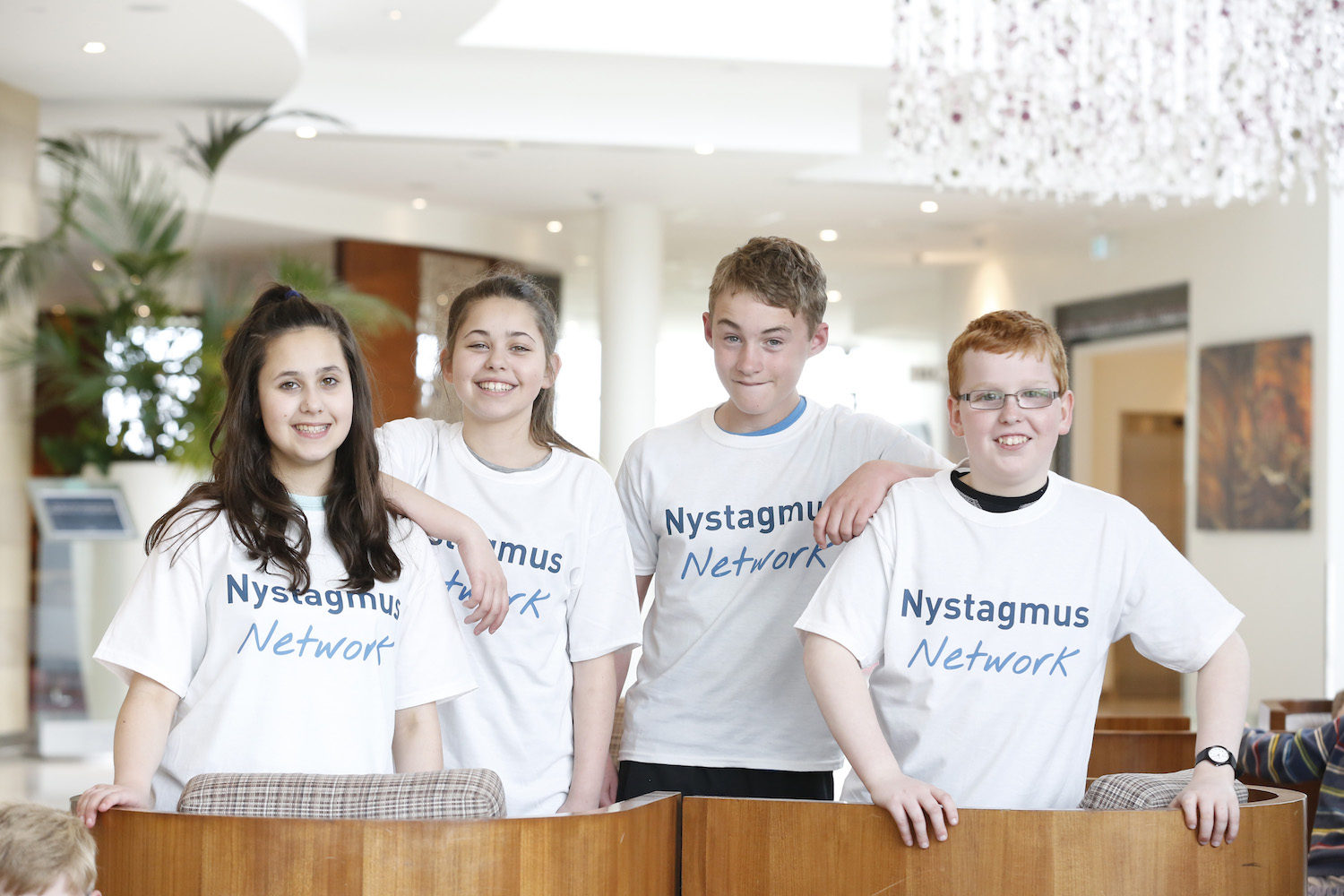When your child has nystagmus there might be slightly more to think about before you wave goodbye at the school gates than new shoes and homework diaries. Especially in the early years, when your child can’t necessarily advocate for themselves, it can be helpful to plan a meeting with the new teacher either ahead of time or in the first few weeks, to help form a relationship and make any extra needs clear from the outset. As a parent to a child with nystagmus, here is my own checklist of three points to discuss, but feel free to add your own!
1 – Visit the classroom before school starts
Getting used to a new space can be tricky. Can you organise to bring your child in ahead of the first day once the room is set up, so they can see the room empty of noisy bustling children and parents? This can really help them find their way around, from the sinks to the book corner, from their peg or tray to the toilets and back again. Mention to the class teacher, too, that it would help if they let you know before they make a big room change, such as moving the home corner or rearranging the outside area.
Does your child have a side they see better from, or an optimal place to sit? If so, make sure the teacher knows it before the first day, so that they can give them the optimum carpet space or desk. Will they be hanging up their own coat and putting away their lunchbox? Perhaps your child’s peg can be at the end of the row, or their tray right at the top for easy access. If the children have a spot for their water bottles, how will you make sure your child’s stands out from the crowd? Maybe a reserved spot for their water, a brightly coloured bottle or a name label with large print?
“Moving classrooms can be a real upheaval for a child with nystagmus.” – Elisheva Sokolic
2 – Access to school resources
As well as finding their way around the classroom, you want to make sure your son or daughter can access all of the resources. Large and clear wall displays with good contrast can be really helpful.
If your child is in Reception or Year 1, they will be starting to learn to read. The early reading books have large print, but as they become more confident, the font sizes get dramatically smaller-and fast! Your school should be able to sign up to www.load2learn.com which is a great resource for schools to access books electronically, so that font sizes can be increased for your child’s comfort level. There are also large print books available from RNIB. You might want to explain to your class teacher that magnifying can be useful for occasional worksheets but doesn’t always help for reading, as the image and text is often distorted or blurred by the magnification. You could try a dome magnifier, which combats this effect and which your child can use for close up work as well.
One great tip which has helped our son feel more included during carpet time is making sure he has his own copy of the book the class teacher is reading at story time so he can follow along and see the pictures. Similarly, for older years, you might find a wide screen monitor or tablet device linked to the electronic whiteboard is useful.
“What does the teacher plan to do to make sure that your child doesn’t get left behind?” – Elisheva Sokolic
3 – Explain nystagmus
Over the years, we’ve tried different ways of explaining nystagmus, from the full on science of the involuntary eye wobble, to a simple “he doesn’t see very well.” We’ve found that explaining the effects rather than the cause is best. As parents we feel like nystagmus experts, but teachers are not and don’t have time to become them either! It’s important to narrow down all the information to what is most important for our child’s caregivers. For us, a teacher-parent meeting is successful if the members of staff leave understanding these three points:
- He can’t control his eye movement or his head tilt – this may make him seem like he isn’t paying attention. You don’t need to try and alter his head position.
- His glasses and sunglasses don’t correct the vision – so, he still doesn’t see well even with them on.
- The eye movement is likely to make him increasingly tired – therefore he may be in need of more support in a situation which is out of the ordinary, such as sports day, assemblies or outings.
There may be specific points you want your teacher to know. Does your child struggle with light sensitivity? Maybe they have glasses which need to be cleaned a few times a day. Perhaps there are behavioural issues linked to their sight to look out for.
I hope the above helps and it would be great if everyone can share the three bullet points that you want your child’s teachers to understand after meeting with you on the Nystagmus Network Facbeook page here.



